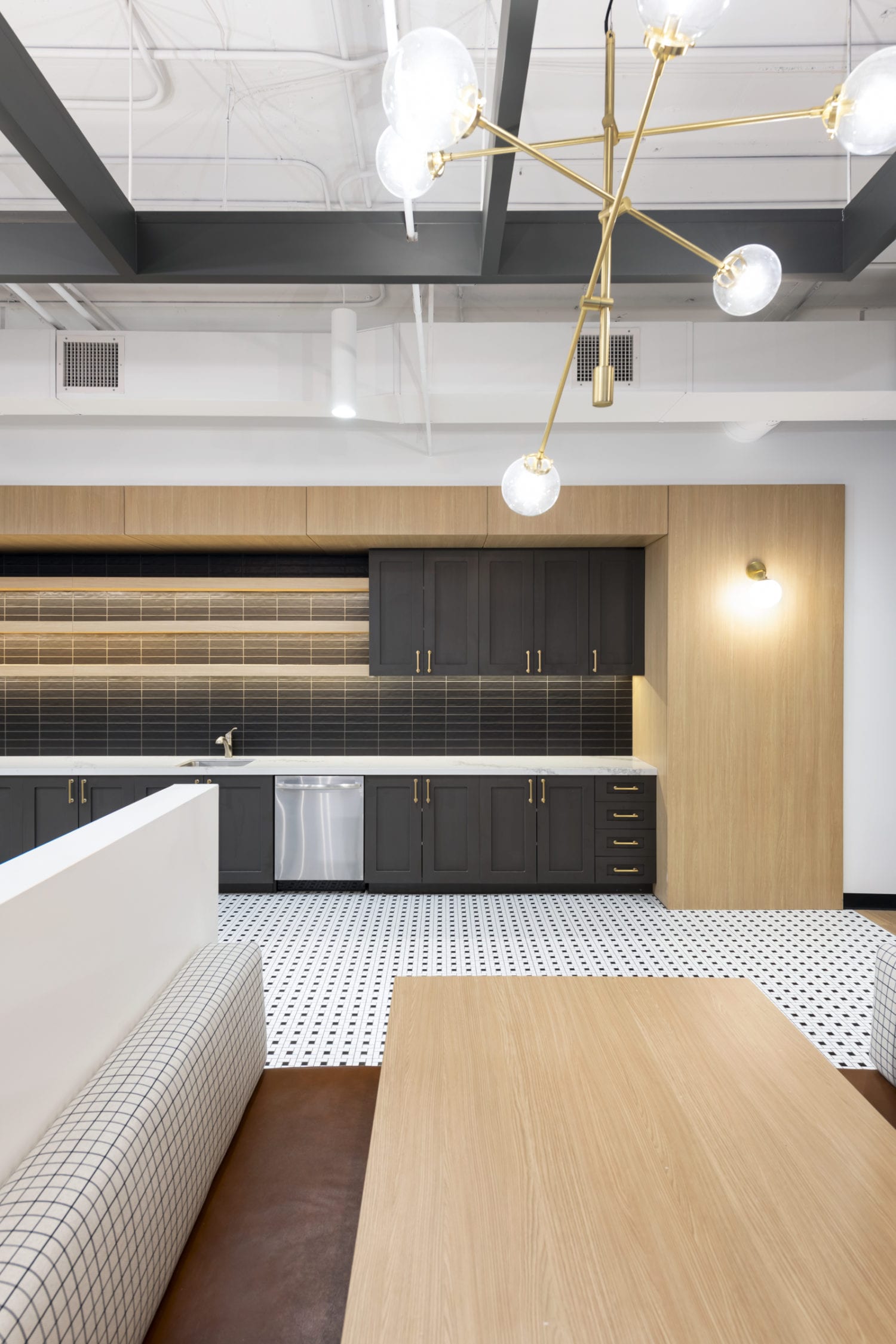Avoid Seasonal Temperatures Effects on Millwork and Installations
It’s summer in Phoenix, temperatures are high (like 115 degrees last week) and the air conditioning is running! Unfortunately, many times the AC is not running when the millwork is scheduled to be installed.
As reported by Design Solutions magazine in 2017, the number one concern brought to the Architectural Woodwork Institute’s technical team is about wood movement in the built environment. Simply put, wood products shrink and swell depending on the environment. Hot and humid, cold and dry, hot and dry – it all makes a difference. In Phoenix, especially in the summer, it’s HOT and it’s DRY.
The building’s climate control systems should always be functioning before wood products are installed – year around. But it is especially important that they are on and functioning during the summer months June through September.
In a perfect world, we (as millwork suppliers) would have the HVAC on at all job sites. The Architectural Woodwork Institute takes this a step further, they recommend that the Relative Humidity be measured and maintained daily, seven days a week to the appropriate level, which in our area is 26 to 35%. Once the temperature and humidity at the job site is stabilized, the millwork should be on site for a minimum of 3 days prior to installation so everything is climatized and movement of the product is minimized post installation.
Schedules being what they are, tend to make these requirements more than a luxury, generally, it is an impossibility on many jobsites to have the temperature and humidity controlled prior to millwork installation. Usually, three days of onsite storage prior to installation means three days additional time for trade damage from moving the millwork several times so the other trades can get their part of the job done.
All that being said, having the HVAC functional and running prior to millwork installation should be a minimally attainable goal that will benefit all stakeholders in the long run. Especially in our areas hot and dry summers!

